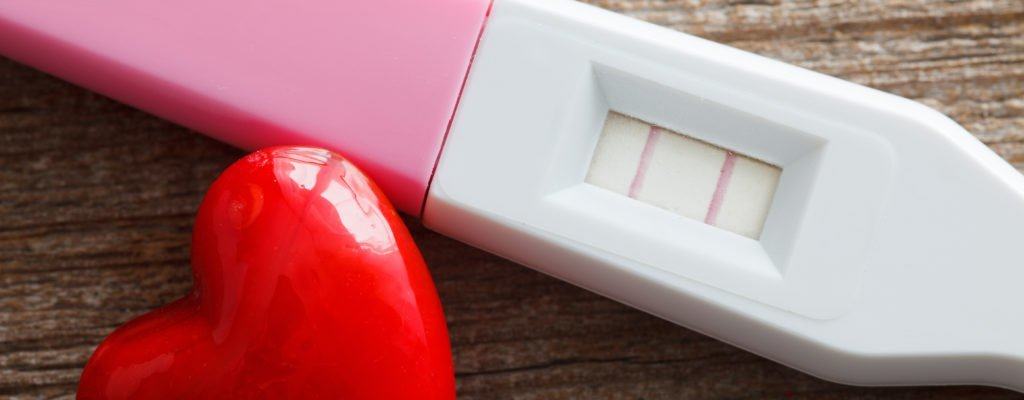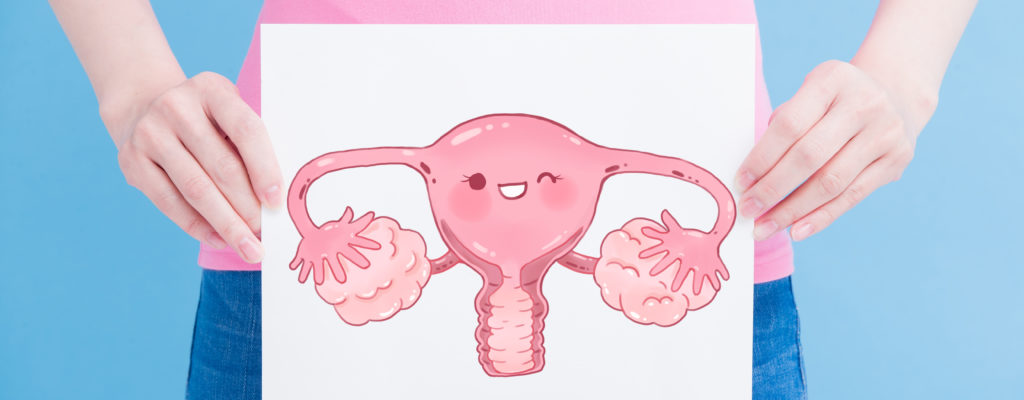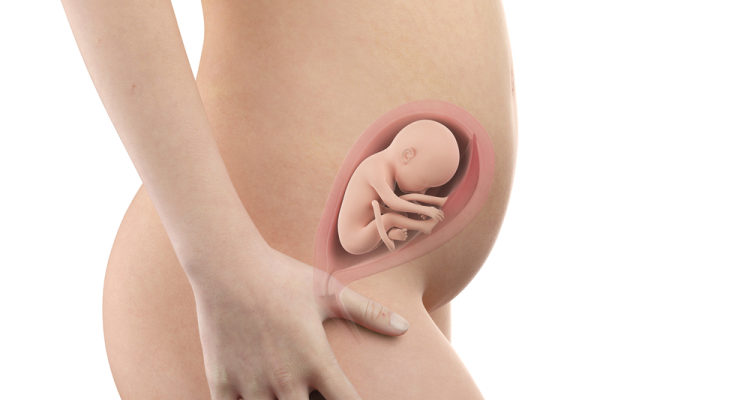Whether the yellowish spoilage phenomenon is really a sign of danger or not will depend on the density, texture and odor of the exudate. In addition, the yellow discharge during pregnancy is also representative of several different diseases.
During pregnancy, you may find yourself facing many unpleasant reactions from your body. One of them is more vaginal discharge with questionable colors, such as yellow. In the following article, aFamilyToday Health will list the causes of pregnancy yellowing spoilage as well as how to mitigate it.
Is the yellow bad gas normal?
Vaginal discharge is the body's own mechanism to clean the vagina by removing dead cells and bacteria to keep the genital area clean and healthy. During the first and second trimesters , pregnant mothers usually do not have yellow discharge but from the third trimester the discharge is sometimes pale yellow, the texture is slightly thick and this is considered normal.
Causes yellow discharge during pregnancy
Some other causes of pregnancy yellow include:
1. Estrogen level is too high
High estrogen levels mean more vaginal discharge. Besides, there are many other factors that contribute to increased estrogen levels, such as: excess body fat, stress, anger during pregnancy , low-fiber diet or even weak immune system. Your doctor may prescribe medication if it is determined that estrogen is the cause of your yellow discharge.
2. Vaginal yeast infection causes pregnant women to elect a yellow discharge
Vaginal yeast infections during pregnancy are quite common during the second trimester because the hormones affect the pH level of the vaginal area, which in turn allows a fungus called Candida Albicans to grow. This causes pregnant women to elect a yellow discharge with an odor, itching, redness and swelling of the vulva.
The color of the mucus can vary from woman to woman, and a doctor will eliminate the infection early by prescribing medicine so that it won't harm your baby.
3. Bacterial vaginosis
Bacterial vaginosis occurs when there is a disturbance between good and bad bacteria in the vaginal environment. Good bacteria are supposed to control bad bacteria, but when bad bacteria start to outperform the good bacteria, vaginitis results.
This condition is characterized by a thick, yellowish, foul-smelling gas accompanied by itching and swelling. Bacterial vaginosis can lead to premature birth, low birth weight babies and even uterine infection after birth if not treated promptly.
4. Sexually transmitted diseases (STDs)
This is the most common cause of bad gas odor, yellow discharge in pregnant women as well as a very high risk to both mother and baby. If detected and treated too late, the disease can lead to premature rupture of membranes, premature birth and even low birth weight babies. Some of the main types of sexually transmitted diseases (STDs) include: trichomoniasis, chlamydia, and gonorrhea.
When pregnant women need yellow translation to worry about?

In addition to the causes of yellow gas during pregnancy are listed, if you feel tired, have difficulty going to the toilet, accompanied by a bad, dark, blood mixed vaginal discharge. Mother elected should go to the hospital to check immediately. The examination by an obstetrician-gynecologist and timely treatment plan will help prevent a bad case from occurring.
How to improve the condition of a pregnant woman turns yellow
If you want to improve your condition and reduce the discomfort caused by the yellow discharge during pregnancy, there are a few things you can take, in addition to what your doctor has prescribed:
Always keep the vagina dry
Enhance the absorption of probiotic bacteria
Preferably use underwear made of cotton material
Avoid using tampons, soaps, or toilet paper with a strong smell.
How to prevent yellow gas damage in pregnant women
You can prevent yellow discharge during pregnancy by following the tips below, including:
Cut back on sweet foods
Do not overdo genital cleaning products
Control stress through yoga and meditation
Keep the genital area clean and dry
Avoid douching your genitals to prevent transmission of bacteria
Eat a healthy diet and eat yogurt regularly
Wear well-fitting clothing and underwear that is free of irritating materials.
It is completely normal for pregnant women to elect a yellow fluid with a thick texture like egg white. But if she has an unusually dark and foul-smelling yellow discharge, you need to find a doctor to fix it right away.












